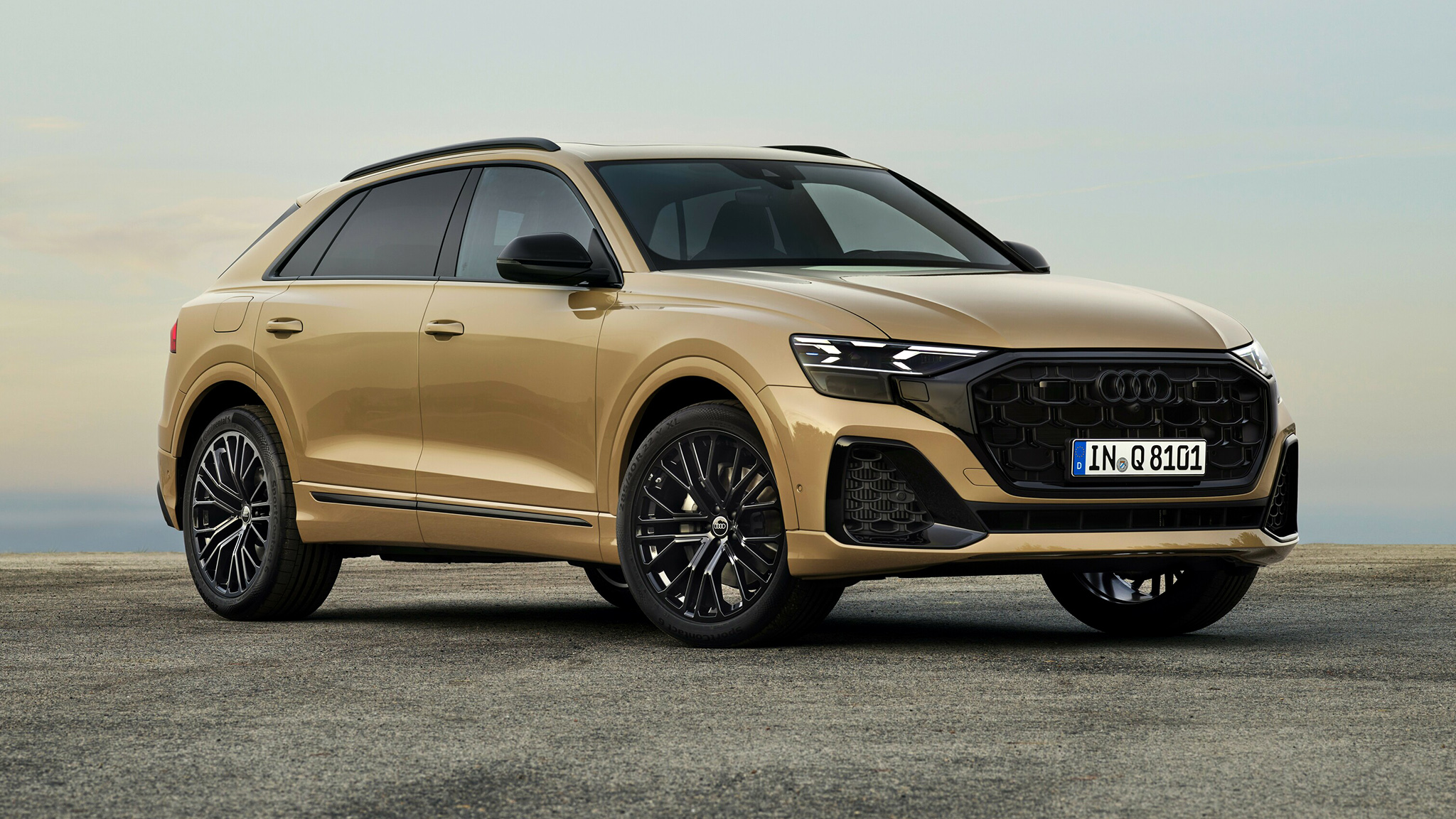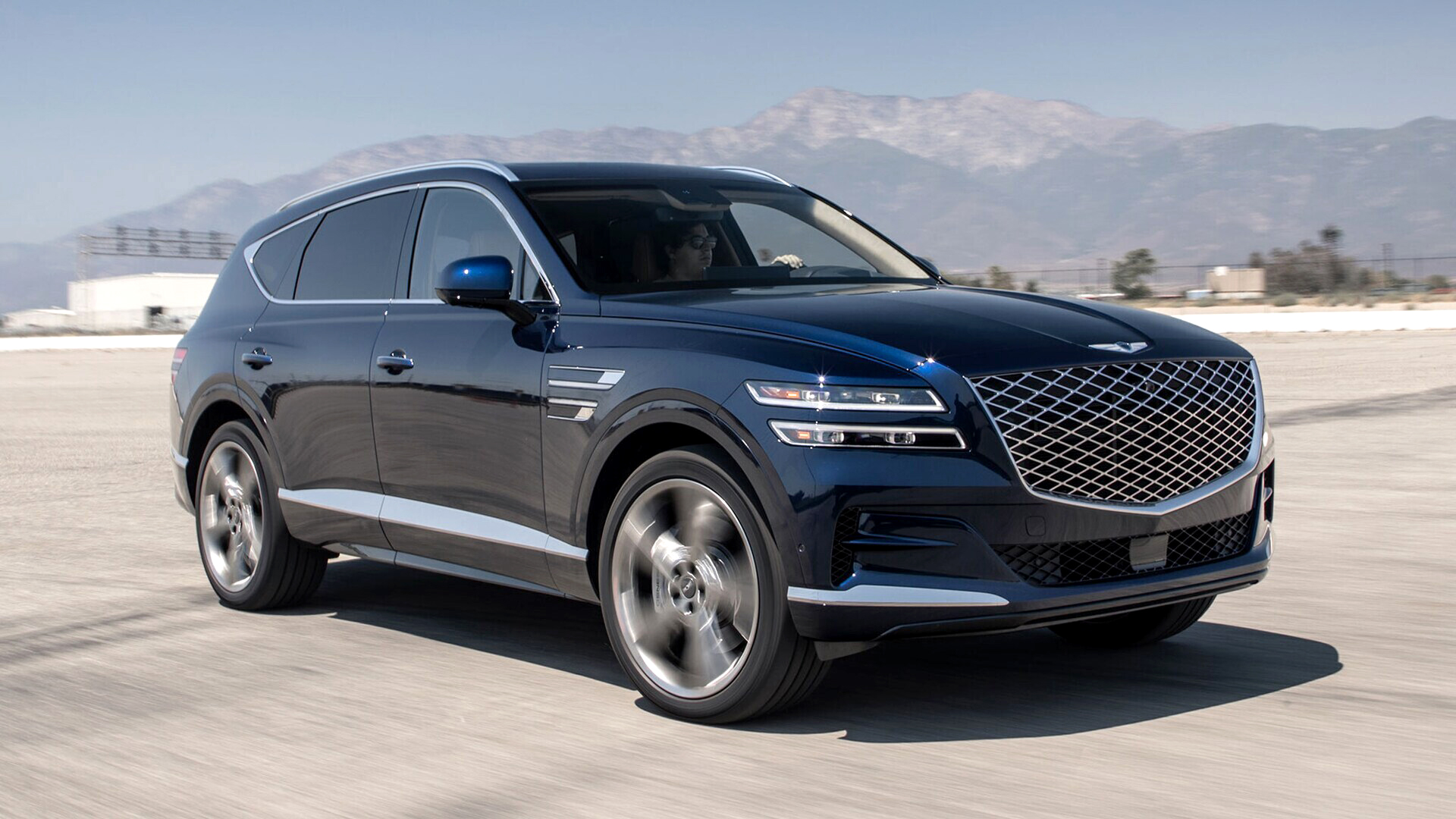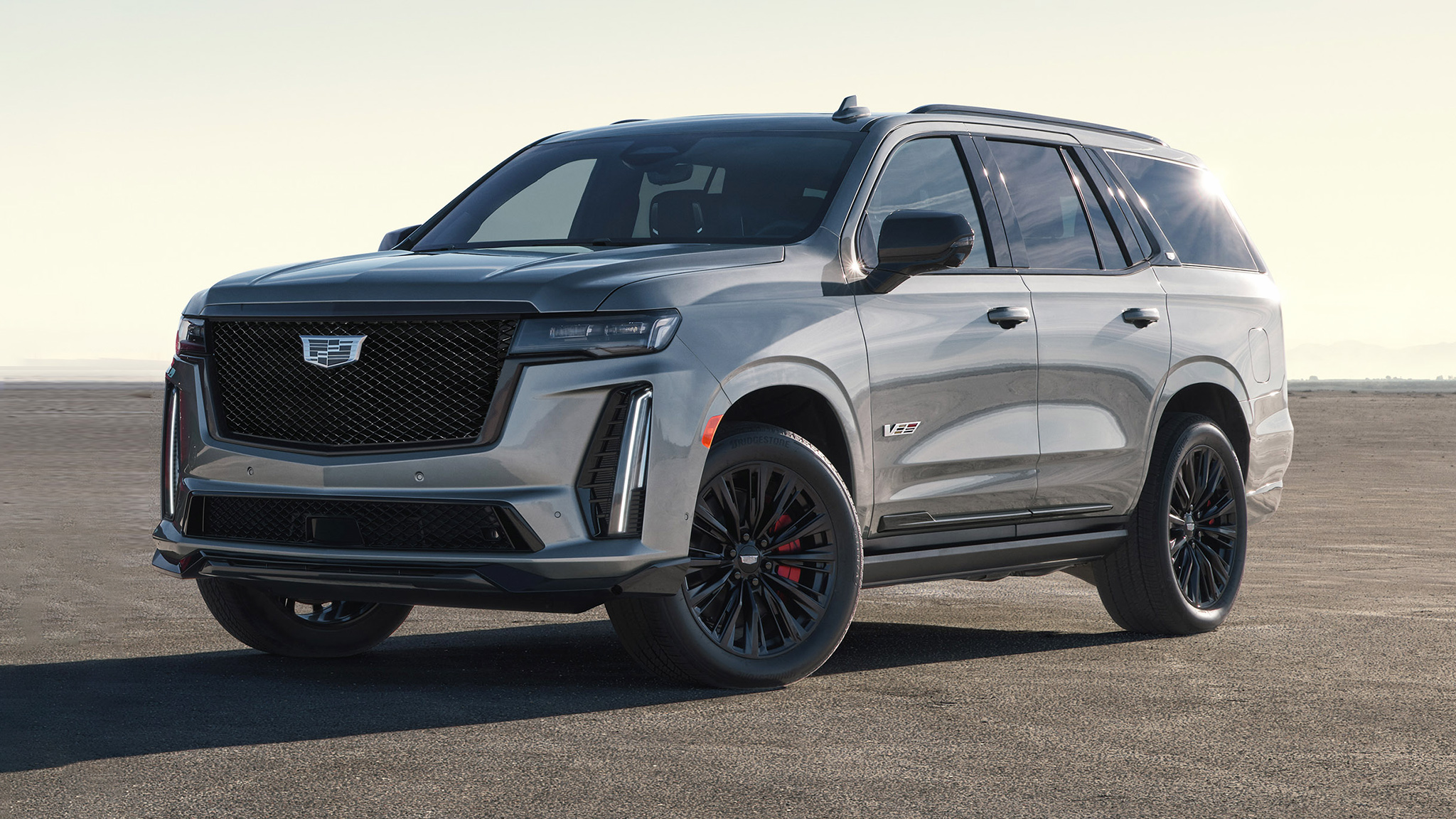2024 BMW X7 Expert Review
Reviewed by Willis Kuelthau
The 2024 X7 is the largest vehicle BMW makes, and it lives up to the billing with a luxurious cabin and a better drive than most competitors. Last year's refresh brought welcome tech features and less welcome styling—we're still not sure how to feel about that nose.
For 2024, the BMW X7 returns with no significant changes.
What's New
After a busy 2023 model year, the X7 carries over with almost no changes. Shoppers of the X7 xDrive40i will find the Dynamic Handling package no longer available—or, more likely, someone who wants that will have upgraded to a more powerful variant.
What We Think
The 2024 BMW X7 aims to bring some European sophistication to a distinctly American segment. Three-row SUVs are traditionally the dominion of titans like the Cadillac Escalade, and some of our favorite models (like the Lincoln Navigator and Jeep Grand Wagoneer) still come from American brands.
But the X7 is not to be underestimated. In a refreshing return to form, last year's update brought the X7 back to what BMWs do best: drive. The suspension does a remarkable job masking the X7's (considerable) weight. The new powertrains are strong and refined, aided by a well-tuned automatic box.
The cabin is a nice place to spend time. Material quality is excellent, and tech features are everything we'd expect from a BMW flagship. Cargo space is not exceptional, and buyers looking for legroom will find more in a Navigator or Escalade.
Since last year's refresh, it's impossible to talk about the X7 without mentioning the looks. BMW took its mega-SUV in the same direction as the 7 Series, splitting the headlights into two distinct units, including slim daytime running lights at the top. We're not convinced it works, but if the idea is to attract attention, the X7 certainly has ours.
For the best value, rivals still offer more luxury for your dollar. But if you still want to feel like you're driving a BMW, the X7 gets the job done in style.
Performance and Efficiency
The 2023 X7 received a pair of updated engines as part of a midcycle refresh. The base unit is a 3.0-liter turbocharged I-6, which makes 375 hp and 383 lb-ft. It's a refined powertrain, and it sounds nice, too. Sixty mph arrives in less than five seconds.
Under the hood of the M60i is a 4.4-liter twin-turbo V-8, a common sight among M cars. In the X7, the powerplant makes 523 hp and 553 lb-ft. BMW claims that the M60i will do 0-60 in 4.5 seconds, which is slightly quicker than a Mercedes-Benz GLS580.
Both engines benefit from a 48-volt mild hybrid system, which smooths out the stop/start feature and keeps efficiency reasonable. It's more effective in the xDrive40i (21/25 mpg city/highway) than it is in the M60i (16/21 mpg).
Finally, there's the Alpina XB7. The engineers at Alpina wring 631 hp and 590 lb-ft out of the same V-8, resulting in a claimed 0-60 time of 3.9 seconds. For context, that's quicker than the latest Porsche Cayman.
How Different Is the Alpina?
Substantially. Alpina has its fingerprints on every part of the X7, from the upgraded 631-hp engine to exclusive paint colors and interior trim.
As a performance car, the XB7 is impressive but not exceptional. The tuning efforts have paid off at the dragstrip and in the corners, but when you start with a car as big and heavy as an X7, there's only so much to be done.
As a luxury cruiser, however, the XB7 is hard to fault. A sumptuous interior is matched with effortless power and quick reflexes for its size. If you're looking for a Bentayga alternative, you could do much worse.
Safety Ratings and Features
The X7 comes with a decent set of safety kit, including automatic emergency braking, blind-spot monitoring, and automatic high-beams. Lane keeping assist and adaptive cruise control are bundled with various semi-autonomous driving features for an extra $2,100. That package still doesn't include a surround-view camera or parking assist, which require another $900. Many of those features come standard on cheaper cars, and we'd rather see them included at the X7's price point.
The X7 has not been crash tested by the IIHS or NHTSA.
Cargo Space and Interior Room
We would never call the X7 small, but among three-row luxury SUVs, it's not a giant. Compared to the Lincoln Navigator, the X7 falls behind on cargo capacity and legroom in all three rows.
Cargo space (behind first/second/third rows):
- 2024 BMW X7: 90.4/48.6/12.8 cubic feet
- 2024 Lincoln Navigator: 103.3/57.5/19.3 cubic feet
Legroom (first/second/third rows):
- 2024 BMW X7: 39.8/37.6/33.3 inches
- 2024 Lincoln Navigator: 43.9/41.1/36.1 inches
Technology
As BMW's flagship SUV, the X7 makes technology a priority. An imposing 14.9-inch infotainment touchscreen runs the latest iDrive 8 software, complete with natural voice control. Also standard are Apple CarPlay, Android Auto, and navigation with an augmented view that gets superimposed on a camera showing the road ahead. In addition to the usual add-ons (like surround sound and a head-up display), the X7 has a few available tricks up its sleeve: heated and cooled cupholders, automatic soft-close doors, and gesture control.
Recommended Trim
The Alpina XB7 is a luxury experience worth having, but the X7 we'd recommend is the base model. That's chiefly because of the I-6 engine, which offers punch and polish in equal measure. The xDrive40i shares most of the same features as the M60i, which makes the latter's $27,000 premium harder to swallow. The M treatment isn't well suited to a car this large, anyway.
That's not to say that the X7 is cheap. This year's model starts at around $83,000, which is about average for the class.

































